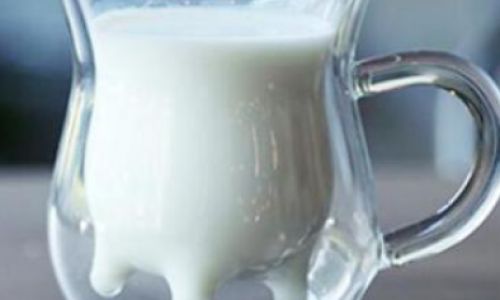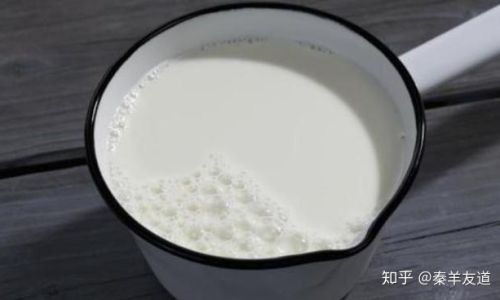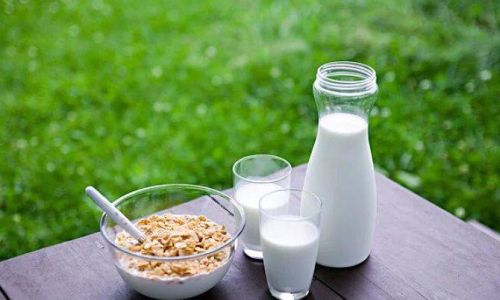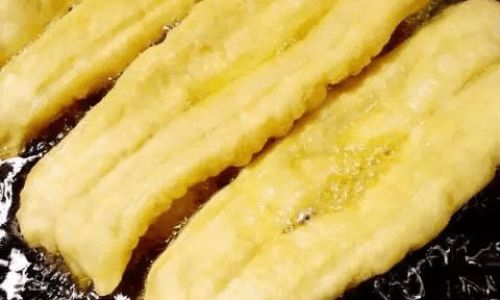Introduction
Goat milk, known for its creamy texture, rich flavor, and numerous health benefits, has gained significant popularity in recent years. Unlike cow’s milk, goat milk contains smaller fat globules, making it easier to digest for many people. However, consuming raw goat milk can pose health risks due to potential contaminants such as bacteria and parasites. Therefore, boiling goat milk is a crucial step in ensuring its safety for consumption. But how long should goat milk be boiled? This article aims to provide a comprehensive guide on boiling goat milk, addressing various aspects related to the process.
Understanding the Importance of Boiling Goat Milk

Boiling goat milk serves several purposes. Firstly, it kills harmful pathogens that may be present in raw milk, including bacteria, viruses, and parasites. These pathogens can cause severe illnesses if consumed raw. Boiling effectively reduces the risk of food poisoning and other health issues.
Secondly, boiling goat milk improves its shelf life. By eliminating microorganisms, boiling helps to slow down the spoilage process, allowing the milk to be stored for longer periods without spoiling.
Lastly, boiling can enhance the taste and aroma of goat milk. While some people enjoy the natural, slightly tangy flavor of raw goat milk, boiling can mellow out these flavors, making the milk more palatable for those who prefer a smoother taste.
The Boiling Process: Step-by-Step Guide
-
Preparation:
Before starting the boiling process, ensure that you have clean and sanitized equipment. This includes a pot, spoon, and any containers you plan to store the boiled milk in. It’s also essential to wash your hands thoroughly to avoid cross-contamination. -
Measuring the Milk:
Pour the desired amount of goat milk into the pot. Keep in mind that the boiling process will reduce the volume slightly, so you may want to measure slightly more than you need. -
Heating the Milk:
Place the pot on the stove and set the heat to medium-low. It’s important to heat the milk slowly to prevent scorching or burning, which can alter its flavor and nutritional value. Stir the milk occasionally to ensure it heats evenly.
-
Reaching the Boiling Point:
Continue heating the milk until it reaches a rolling boil. This is characterized by bubbles breaking the surface of the milk continuously. At this point, you may notice a slight froth forming on top. -
Boiling Duration:
The key question is how long to boil the goat milk. Generally, it’s recommended to boil goat milk for at least one minute after it reaches the boiling point. This ensures that harmful pathogens are effectively killed. However, boiling for longer periods can further reduce the risk of contamination but may also alter the taste and nutritional profile of the milk.It’s important to note that over-boiling can cause the milk to scorch or develop an unpleasant taste. Therefore, it’s crucial to monitor the milk closely and remove it from the heat once it has boiled for the recommended duration.
-
Cooling Down:
Once the milk has boiled for the required time, remove it from the heat and allow it to cool slightly. Stirring occasionally can help to prevent a skin from forming on the surface. -
Storing the Milk:
Once the milk has cooled to a safe temperature, pour it into clean, sanitized containers. Make sure to leave some headspace to allow for expansion if the milk is to be refrigerated. Store the milk in the refrigerator and consume within a few days for optimal freshness.
Factors Affecting Boiling Time
Several factors can influence the boiling time of goat milk:

- Starting Temperature: If the milk is already at room temperature, it will take less time to reach the boiling point compared to cold milk.
- Pot Size and Shape: Larger pots may take longer to heat the milk evenly, while narrower pots can heat faster.
- Stove Power: The power setting on your stove will affect how quickly the milk heats up and reaches a boil.
- Altitude: At higher altitudes, boiling points are lower, meaning the milk may reach a boil sooner but may require additional time to ensure pathogens are killed.
Nutritional Considerations
While boiling goat milk enhances its safety, it’s important to consider its nutritional impact. Boiling can slightly reduce the vitamin content of the milk, particularly vitamins C and B vitamins, which are water-soluble and can be lost in the steam. However, the overall nutritional benefits of goat milk, such as its high-quality protein, essential fatty acids, and minerals, are largely preserved.
Conclusion
In conclusion, boiling goat milk is a crucial step in ensuring its safety and enhancing its shelf life. By following a simple, step-by-step process and paying attention to factors that can affect boiling time, you can enjoy the numerous health benefits of goat milk without worrying about potential health risks. Remember to boil the milk for at least one minute after it reaches the boiling point, monitor it closely to prevent over-boiling, and store it properly to maintain its freshness. With these guidelines, you can confidently incorporate goat milk into your diet and enjoy its unique flavor and nutritional benefits.






0 comments